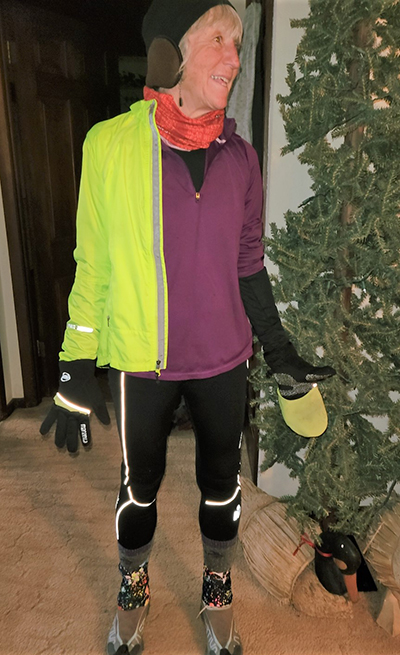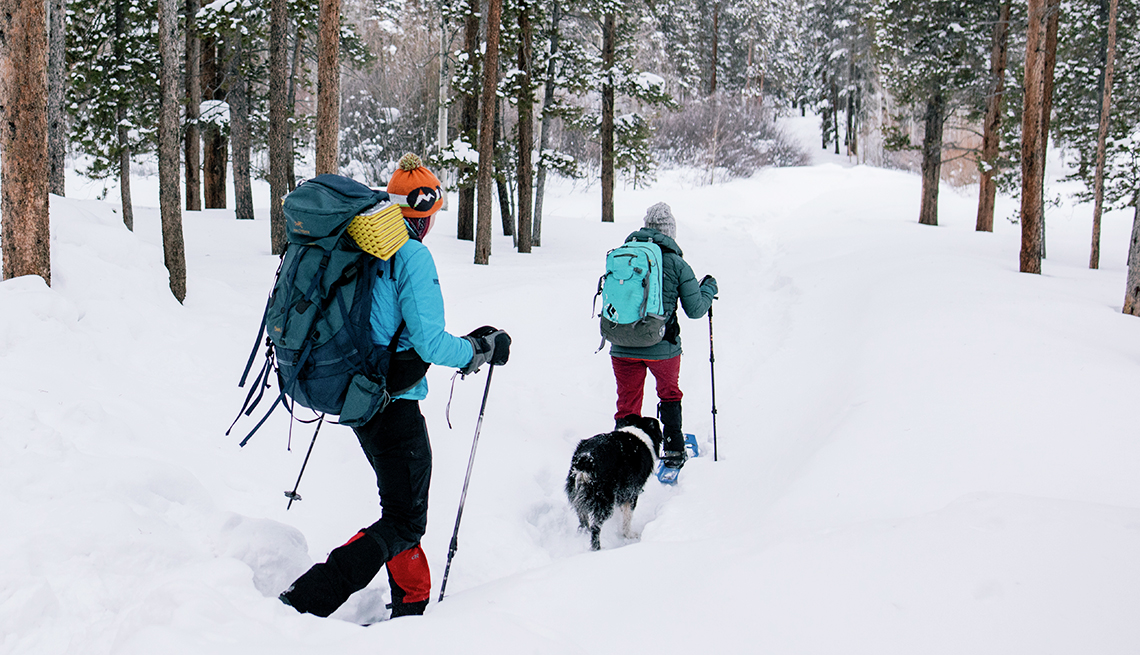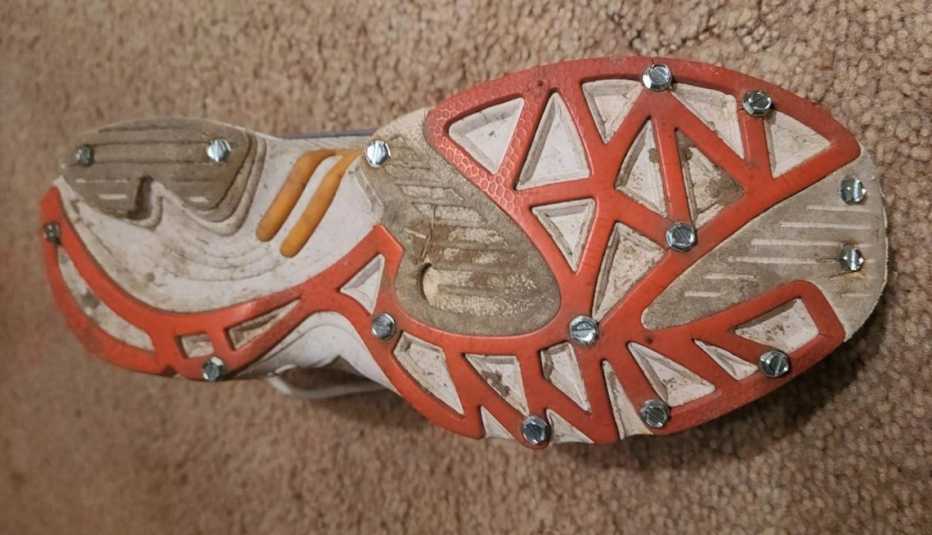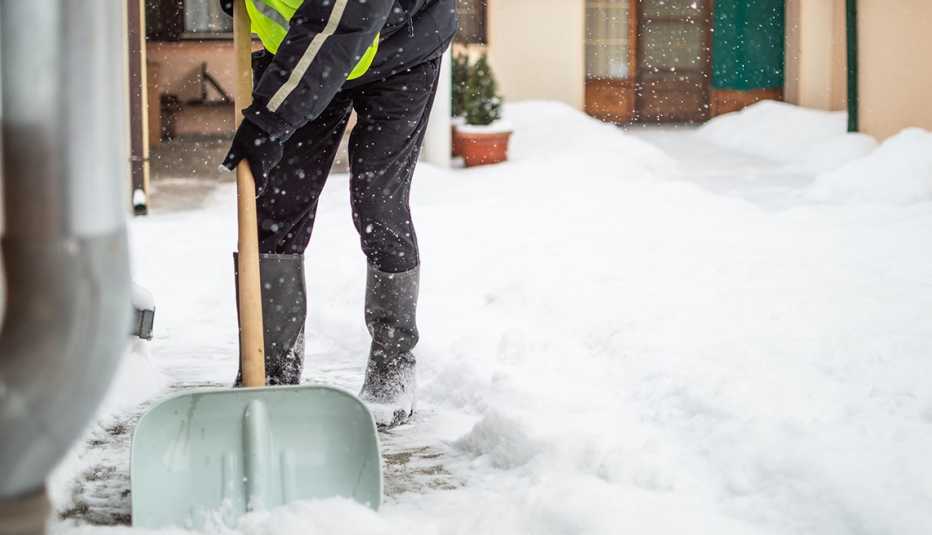AARP Hearing Center
Even if you're not a cold-weather person, you may find yourself outside more often this winter.
Being outdoors is one of safest social-distanced ways to stay active amid new restrictions aimed at containing the coronavirus pandemic. It's also a good way to maintain your health and well-being.
Whether you're walking your dog or skiing, it's important to stay warm and protect yourself from hypothermia and frostbite. Having the right clothing and gear can make a big difference in how warm and dry you stay — and how much fun you have.
The type of clothing you wear affects how much heat your body loses through sweat. Avoid cotton, which absorbs moisture and can cause your body temperature to fall. Instead, wear moisture-wicking natural fibers like wool or synthetic fabrics such as polypropylene.
Make sure your clothing and gear aren't tight, which can restrict blood flow to your extremities.
Start with a focus on layering
"Whether you're walking, skiing or snowshoeing, layering is really key,” says Rachel McDonald, a field guide and instructor for REI in Seattle.


The best number of layers varies, but three is standard: a base layer (underwear) that wicks sweat away from your skin; a middle, insulating layer like fleece or down that helps retain body heat; and a shell that helps block wind, rain and snow. Adjust the layers as your activity level and the weather changes, so you stay warm without sweating too much.
Lori McGee Koch, head running coach for Chicago Endurance Sports in Chicago, wears multiple thin layers in winter.
"Everyone is different,” she adds. “I know guys who will wear shorts even if it's zero degrees outside."
Protect your extremities
Covering your head, face, feet and hands is important because they're at the greatest risk of exposure.
Wear a hat to prevent losing heat through your head. A fleece neck gaiter is versatile: You can pull it up to cover your mouth, nose and cheeks, and it doubles as a face mask. Cyclists may want to invest in helmet or shoe covers to block the wind.
Have you ever had frozen fingers? It's hard to rewarm them, so keep them warm from the start. McDonald suggests choosing your gloves or mittens based on your activity, so your hands don't overheat. Consider layering liner gloves under waterproof shells, which block wind and moisture.





































































